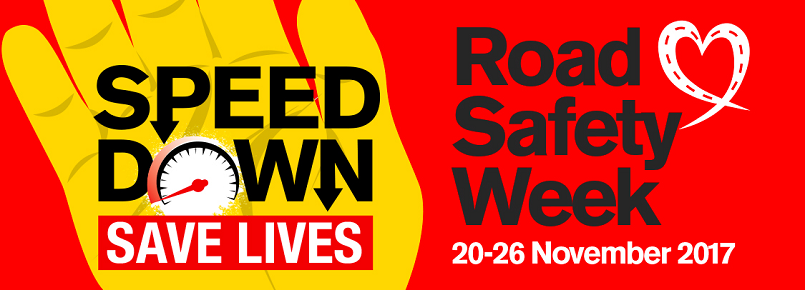
Our specialist personal injury teams are really supportive of any campaign that draws attention to the importance of road safety, which is why Minster Law is really proud to support Brake’s Road Safety Week campaign. It’s a great initiative highlighting ways that we can improve road safety in the UK. To help spread Brake’s message, we’re focusing on how technology and innovation is being used to improve road safety, by highlighting a different technology every day this week.
According to reports by Road Safety GB, there was a 48% rise in accidents caused by blind spots between 2009 and 2011.
Blind spots are the areas around the vehicle which obscure the driver’s vision of the road, due to the bodywork or machinery. In most standard cars, we use mirrors and single-view cameras to help to see blind spots, however, larger vehicles such as HGVs require more thorough blind spot protection. Restrictions of a driver’s field of vision can result in serious incidents, particularly involving vulnerable road users such as motorcyclists, cyclists and pedestrians. However, technology is constantly being evolved to improve direct and indirect driver vision and expand the driver’s view.
A lot of vehicles now have CCTV cameras fitted on the outside to give drivers a clear view of the rear and sides of the vehicle from the driver’s seat. Cameras are really beneficial to larger vehicles whose drivers are more obstructed by blind spots when changing lanes on dual carriageways and motorways and performing manoeuvres, such as turning in the road or parking.
Front, side and rear sensors detect objects surrounding the vehicle, and use a visual or audio warning to alert the driver of the object, vehicle or vulnerable road user. Some models even increase the sound or the flashing of LEDs as the object becomes closer.
Wide-angle, blind spot mirrors are available for all vehicle types and sizes. They’re designed to extend the driver’s field of vision, particularly during manoeuvres and when turning corners, to reduce the likelihood of vulnerable road users such as pedestrians and cyclists being hurt. Wide-angle mirrors are an easily accessible investment and can be used in conjunction with standard vehicle mirrors.
Although a lot of vehicles have technology to assist with blind spot detection, it is also advisable to look around yourself before moving off, to ensure there are no obstructions in your way. In accordance with the Highway Code and advice offered by many driving schools, other checks drivers can practise to ensure full vision are:
- Check your blind spots by looking in all mirrors (front, back and side) for any potential hazards and vulnerable road users before a manoeuvre or lane change.
- It can help to wind down a window to get a better view of the road and see any approaching vehicles.
- When on a dual carriage way or motorway, ensure you check to the side of your vehicle where you are planning to move to make sure there is not another road user occupying the space.
- Even though you have kept an eye on your mirrors, it’s really important to do one last check by quickly glancing over your shoulder to gather as much information as possible before moving lanes or performing a manoeuvre.
- However, do not look fully around as this can take your focus away from the road in front and cause you to swerve.
- It is also advisable to consider where blind spots are in other vehicles and avoid driving in these places for long periods of time. For example, when you’re overtaking you should pass the vehicle and not stay in their blind spot for longer than necessary.
- During the winter months, ice, condensation and steam on the inside of your windows and your outside mirrors can obstruct your vision further – ensure your windows and mirrors are fully clear before setting off on your journey.
Click here to read about how Advanced Driver Assistance Systems can help to improve road safety.




